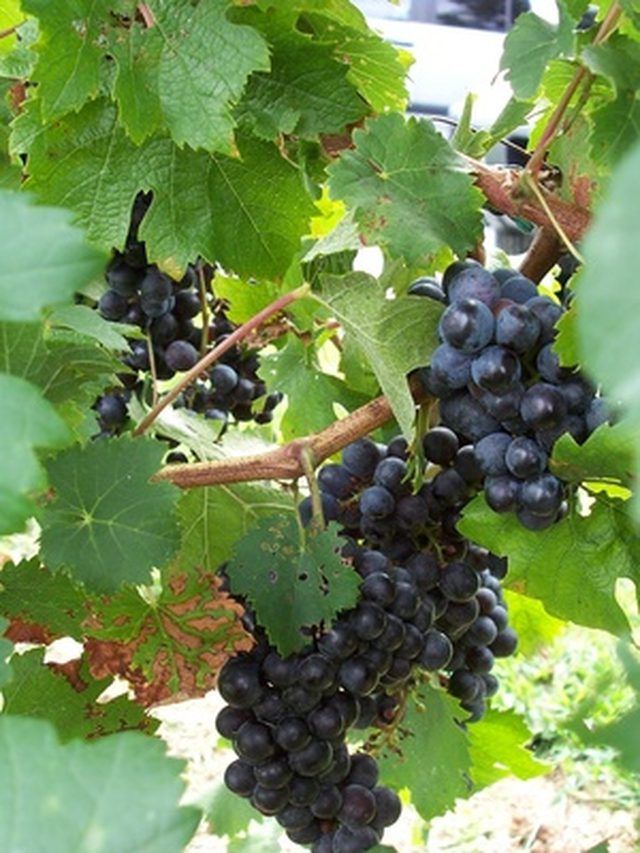Bulbs
Flower Basics
Flower Beds & Specialty Gardens
Flower Garden
Garden Furniture
Garden Gnomes
Garden Seeds
Garden Sheds
Garden Statues
Garden Tools & Supplies
Gardening Basics
Green & Organic
Groundcovers & Vines
Growing Annuals
Growing Basil
Growing Beans
Growing Berries
Growing Blueberries
Growing Cactus
Growing Corn
Growing Cotton
Growing Edibles
Growing Flowers
Growing Garlic
Growing Grapes
Growing Grass
Growing Herbs
Growing Jasmine
Growing Mint
Growing Mushrooms
Orchids
Growing Peanuts
Growing Perennials
Growing Plants
Growing Rosemary
Growing Roses
Growing Strawberries
Growing Sunflowers
Growing Thyme
Growing Tomatoes
Growing Tulips
Growing Vegetables
Herb Basics
Herb Garden
Indoor Growing
Landscaping Basics
Landscaping Patios
Landscaping Plants
Landscaping Shrubs
Landscaping Trees
Landscaping Walks & Pathways
Lawn Basics
Lawn Maintenance
Lawn Mowers
Lawn Ornaments
Lawn Planting
Lawn Tools
Outdoor Growing
Overall Landscape Planning
Pests, Weeds & Problems
Plant Basics
Rock Garden
Rose Garden
Shrubs
Soil
Specialty Gardens
Trees
Vegetable Garden
Yard Maintenance
How to Grow Grape Vines at Home
How to Grow Grape Vines at Home. Grapes can be grown for many end products, including jam, jelly, juice, wine and fresh eating. They can be grown in many climates, depending on the variety. Each variety has assets and weaknesses and you should do some research before choosing which variety to plant. An extension educator or nursery employee can...

Grapes can be grown for many end products, including jam, jelly, juice, wine and fresh eating. They can be grown in many climates, depending on the variety. Each variety has assets and weaknesses and you should do some research before choosing which variety to plant. An extension educator or nursery employee can help you make a decision. Locally owned nurseries usually carry varieties that are suited to the local climate, so your biggest decision is finding one that will suit your needs.
Things You'll Need
Spade
Pruning shears
Trellis or strong stake
Choose a site for planting the grapes. The site should provide full sunlight and high temperatures, so avoid north-facing slopes, shaded areas and low-lying areas. The soil should be well-drained, but grapes can thrive in a variety of soil types.
Cut off all the canes except the most vigorous one.
Dig a hole large enough to accommodate the entire root system without bending the roots, as soon as the soil can be worked in the spring. The vines should be planted as deep as they were planted in the nursery. Vines should be planted six to eight feet apart.
Cover the roots completely with soil, and fill the hole to the same level the soil was in the nursery.
Cut the one remaining cane back so only two strong buds remain.
Train the strongest cane onto a trellis or strong pole that is about five feet tall.
Cut back any suckers that appear at the base of the plant. The March after planting, cut back the weaker cane. If neither cane is three feet tall, cut both canes back, leaving two buds to sprout.
Apply nitrogen two weeks after planting at a rate of one pound of 10-6-4 fertilizer per plant. Reapply at the same rate early every spring before new growth begins.
Train plants to grow vertically on a stake, then horizontally on wires stretched between posts, or on a trellis. Use flexible ties, such as cotton strips, to loosely attach the vines to the wires or trellis. If using two wires, prune all growth between the wires, so the only horizontal growth is along those two wires.
Train tender varieties, or those that are not cold-hardy, to grow similar to cold-hardy varieties, but prune them to one strong trunk that you will remove from the trellis every fall.
Bend the trunk down and cover with six to eight inches of soil or mulch. Do this for tender varieties in the fall after foliage has dropped.
Uncover the grapevines in early spring, mid-April in colder climates, and tie them back onto the support.
Pick the grapes when they are ripe. Determine ripeness by taste more than color because the color will change long before the grapes are ready for harvest. They will not continue to ripen once picked.
Tips & Warnings
Protect your grapes from birds with netting if necessary.